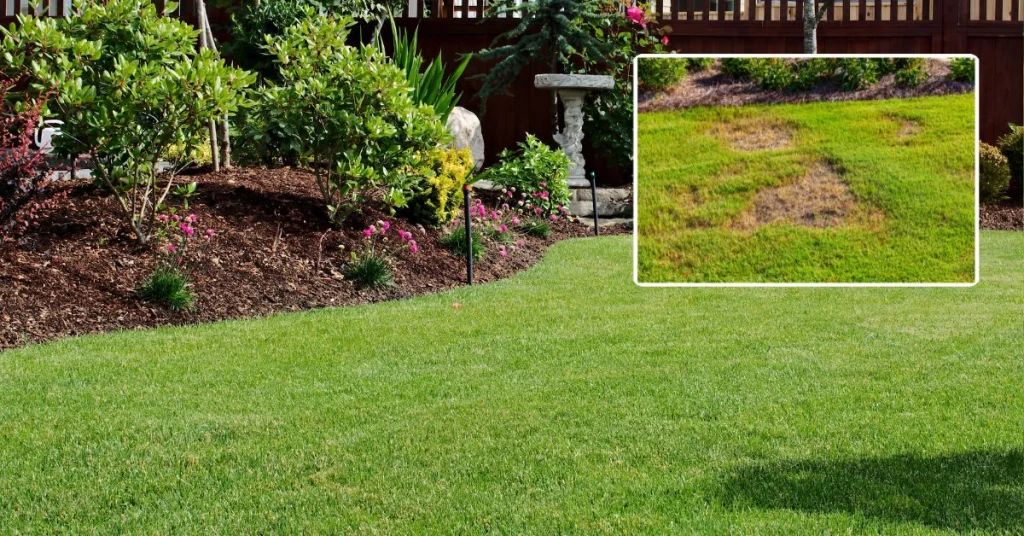When your lawn starts showing bare patches or thinning spots, just tossing more seed on top won’t do the trick. This is where power seeding makes a real difference. Power seeding uses a specialized machine that slices tiny grooves into the soil and plants seed directly where it can take root. The result is stronger seed-to-soil contact, faster germination, and thicker, more even growth than traditional overseeding can offer. Power seeding is especially effective for compacted soil or lawns that need a serious boost in density. If you’ve ever wondered about power seeding vs overseeding and which approach works best for your yard, here’s a closer look at how they compare.
Power Seeding VS Overseeding Comparison
| Criteria | Overseeding | Power Seeding |
|---|---|---|
| Soil Disruption | Low | Moderate due to cutting slits |
| Seed-to-Soil Contact | Often low | Very high |
| Seed Waste | Higher due to wind, birds, dry out | Lower |
| Germination Rate | About 10-30% with aeration | Up to 90% in good conditions |
| Cost | Lower | Higher |
| Best For… | Enhancing an existing lawn | Bare patches, heavy thinning, full-reneovation |
| Area Usage | Large or smaller areas | Smaller zones and patches |
| Recommended Frequency | Annually or every few seasons | Every few year or as needed |
When Should You Use Each Method?
Use Powerseeding When…
- You have large bare patches or dead zones
- You want faster, more reliable germination
- You’re performing a renovation or heavy repair
- You have the budget for more intensive labor/equipment
Use Over Seeding When…
- Lawn is mostly healthy, just thinning
- You want cost-effective improvement
- You’ve already aerated or will aerate
- The amount of bare ground is minimal
Tired of patchy grass that never seems to bounce back? Power seeding plants grass seed directly into the soil for maximum germination and stronger root growth. It’s like jump-starting your lawn’s recovery and giving you lush, even coverage that looks healthy and stays that way.
- 3–5x higher germination than overseeding
- Ideal for compacted or bare soil
- Thicker, more resilient turf
Eco-Friendly Benefits of Power Seeding
Clean Air Lawn Care focuses on sustainable lawn care, and power seeding fits right into that approach. Clean Air locations that focus on power seeding include Boise, ID and Louisville, KY. Because it plants seed directly into the soil, there’s far less seed waste, less runoff, and a reduced need for weed control later. A thicker, healthier lawn naturally crowds out weeds and builds stronger roots, which improves soil health and moisture retention.
In other words, power seeding is both effective and eco-friendly:
- Reduces the need for chemical weed treatments by building natural turf density
- Conserves seed resources through precise placement
- Minimizes soil disturbance compared to tilling or full reseeding
- Supports organic lawn care by enhancing soil structure and microbial activity
By fostering stronger root systems, power seeding also helps lawns use water more efficiently, making it an ideal choice for eco-conscious homeowners who want results that are healthy for their yard and the environment.
Cost and Cosideration Trade-offs
When it comes to the cost of improving your lawn, the right seeding method depends on your goals and the current health of your turf. This article from the MSU extension discusses all about seeding your lawn. Overseeding is generally more affordable because it requires less equipment and labor. It’s a great option for maintaining healthy lawns or adding density across a large area without breaking the budget.
Power seeding, on the other hand, involves specialized machinery and takes more time to complete. The process is more labor-intensive since the seeder slices into the soil and places seed precisely where it can grow. This added precision increases germination rates dramatically, which makes the extra cost well worth it for many, especially in lawns that have bare patches or heavily compacted soil.
For large properties, power seeding every square foot can be cost-prohibitive. However, it can be used more strategically in problem areas rather than across an entire property. In those cases, the improved germination, reduced seed waste, and faster results often balance out the spend.
Think of it this way: overseeding is a good routine maintenance investment, while power seeding is more like a renovation and used when your lawn needs a stronger, longer-lasting recovery.



